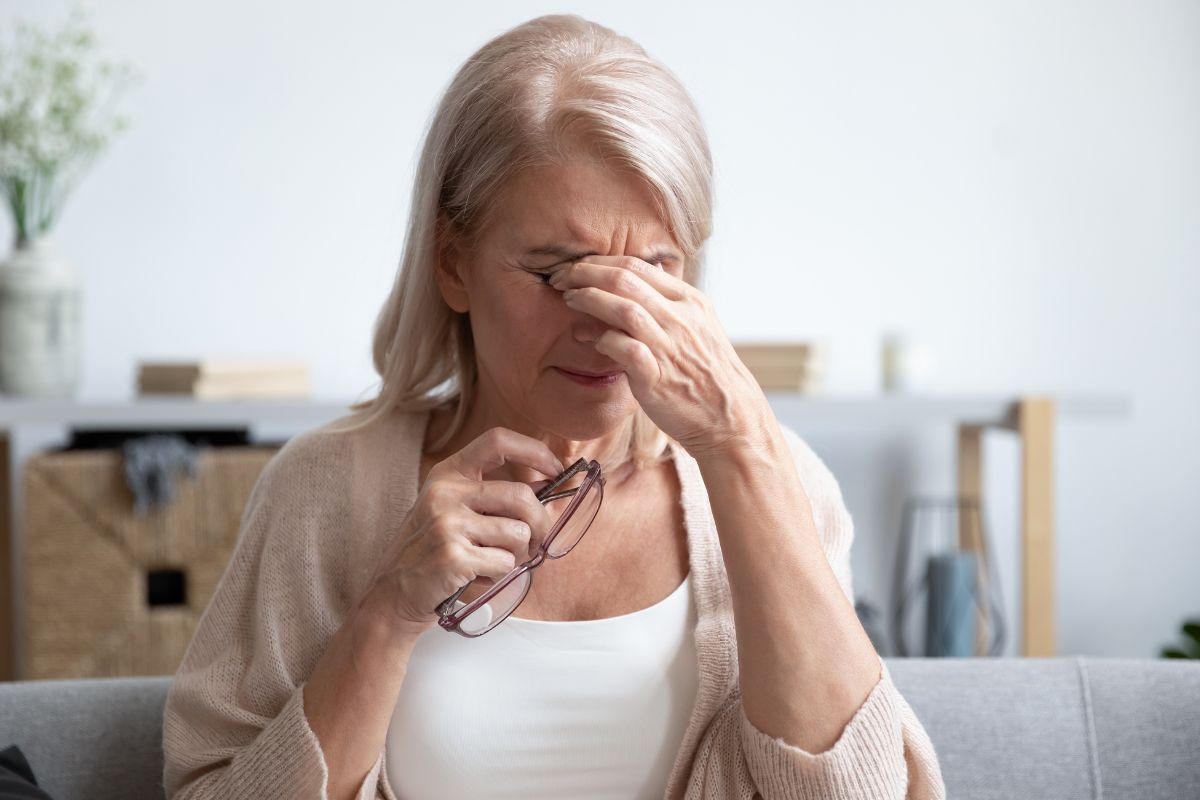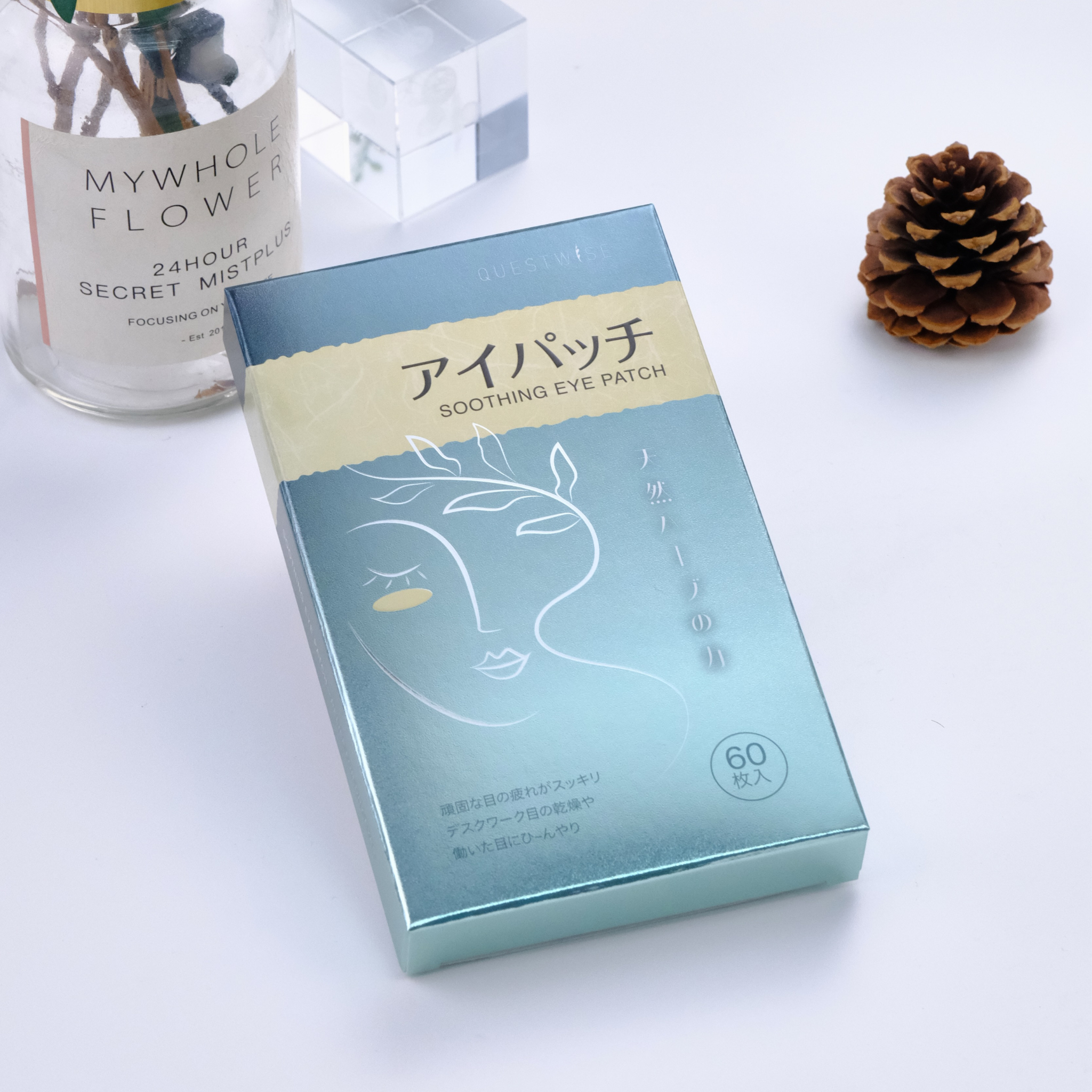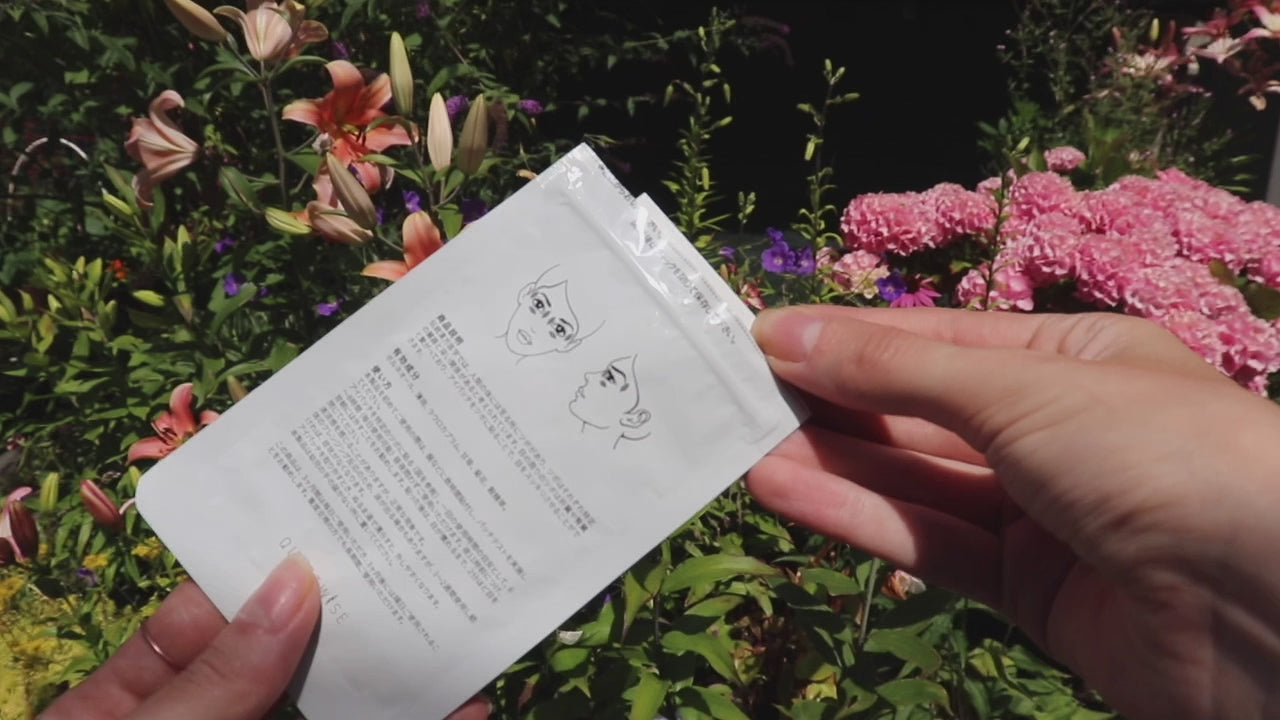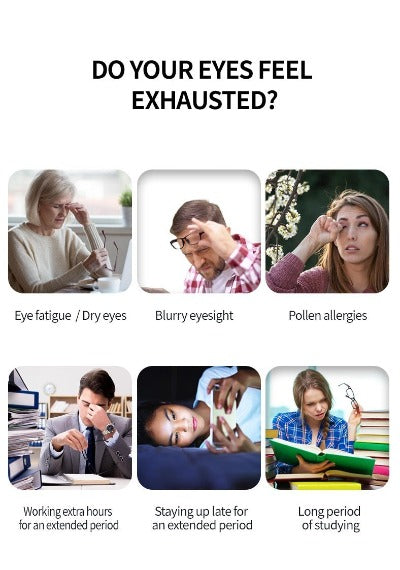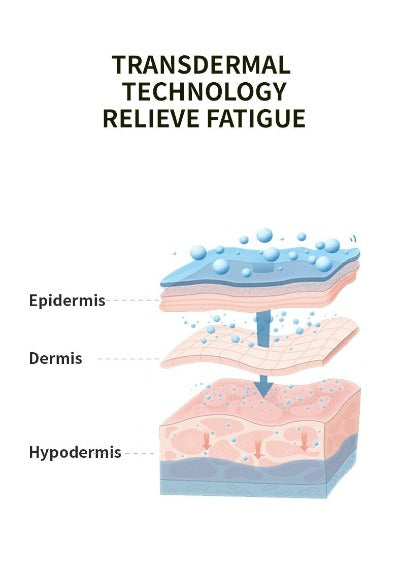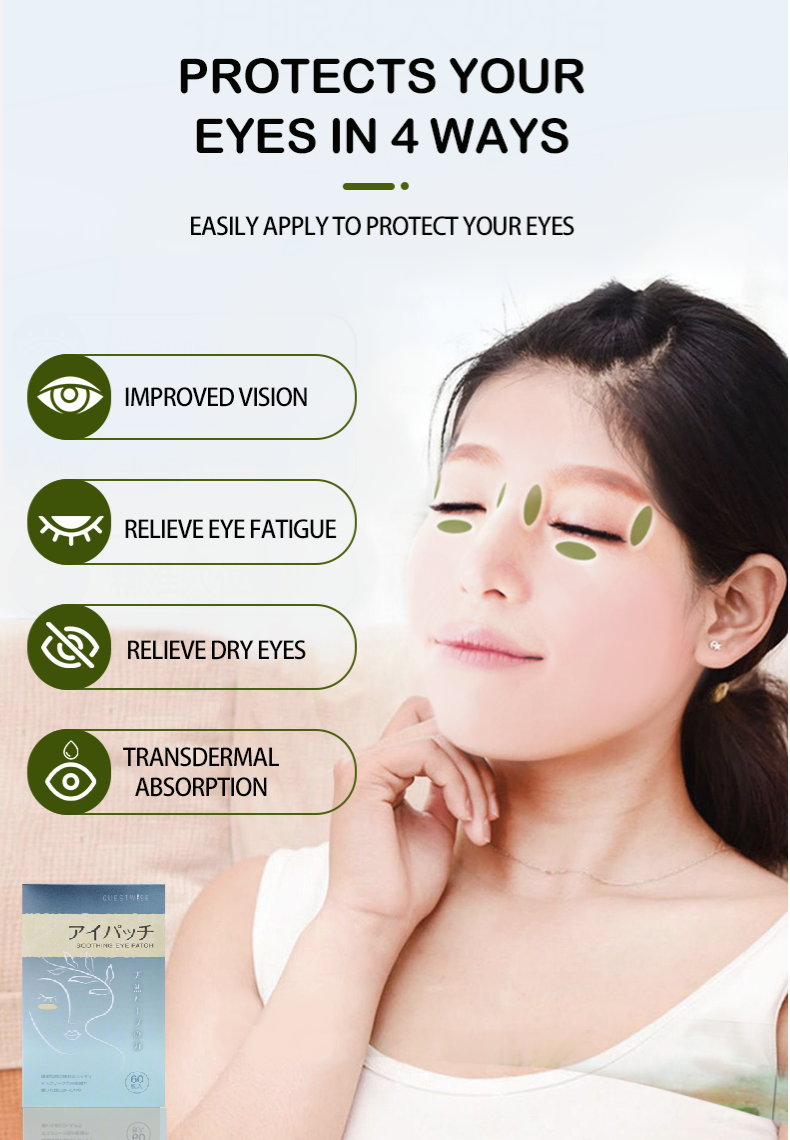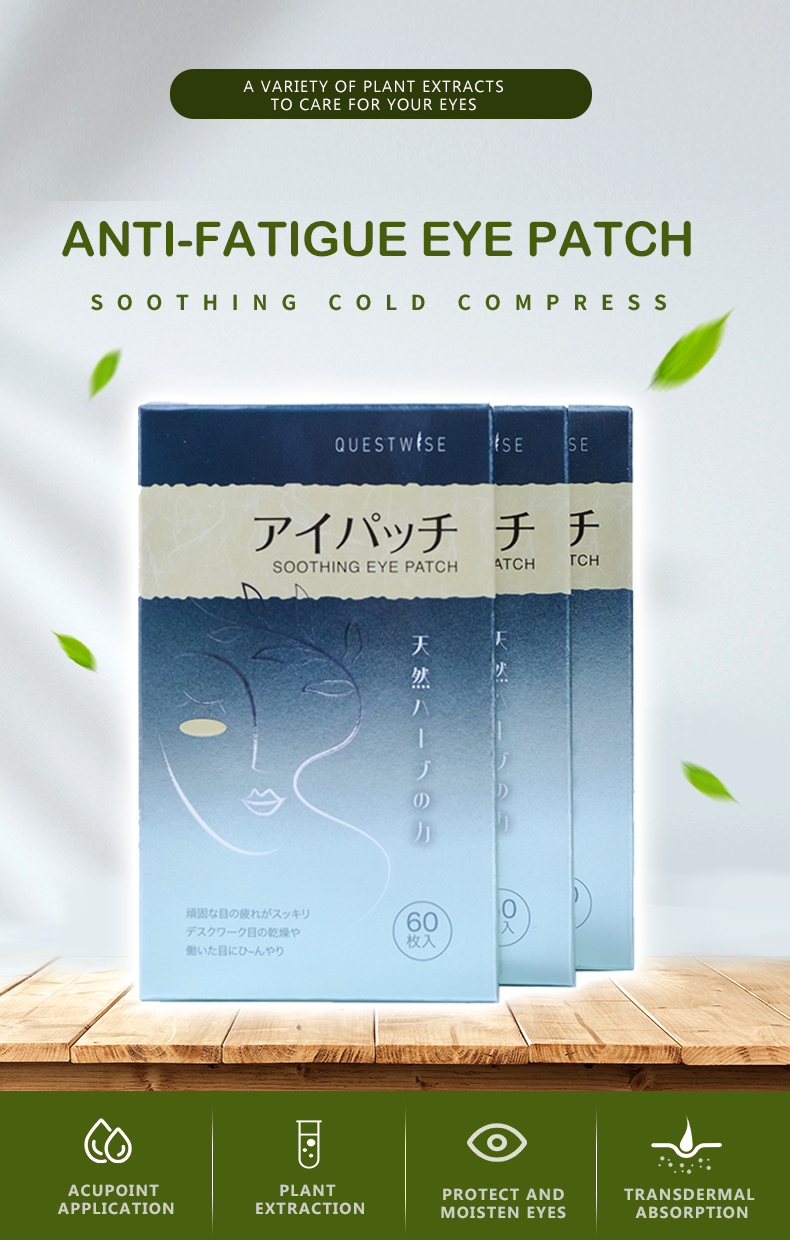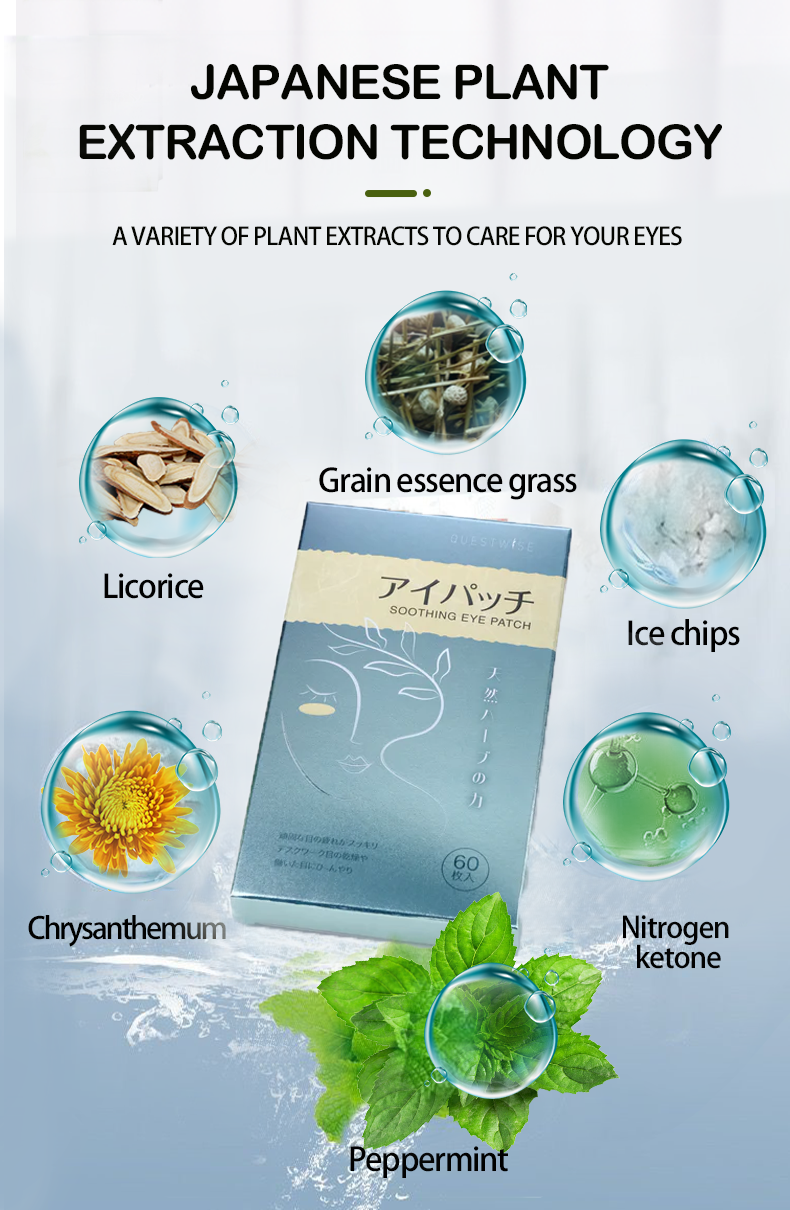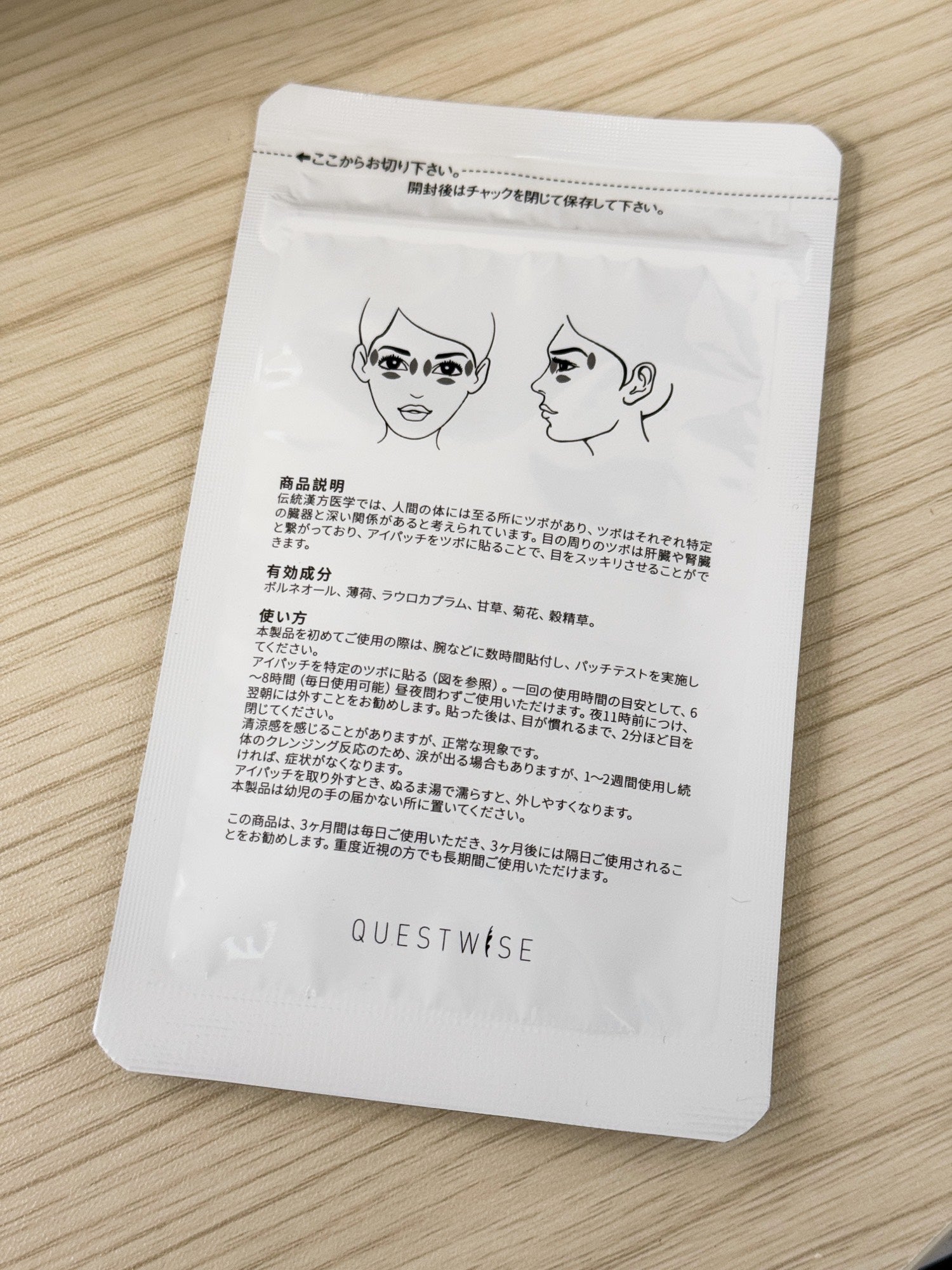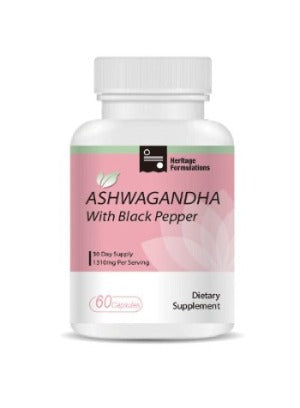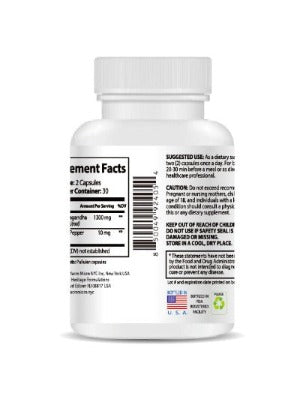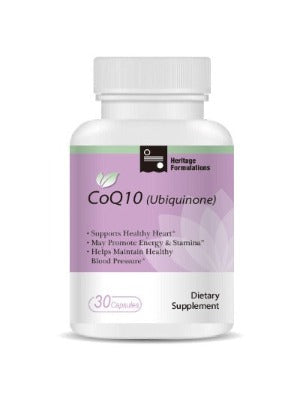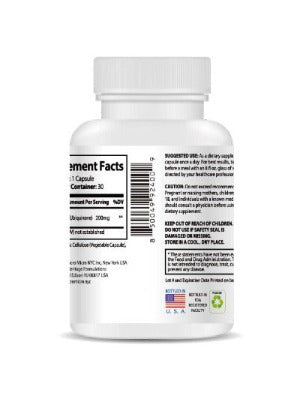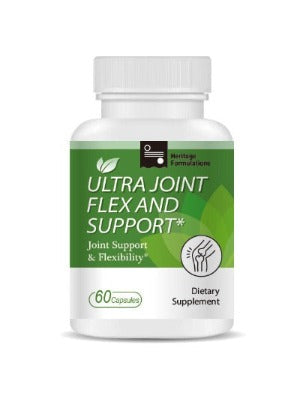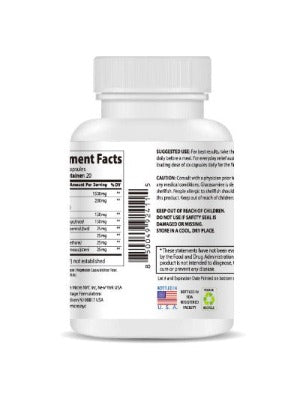Dry Eye Symptoms and Hormonal Changes: A Comprehensive Guide for 2025
Dry eye symptoms are a prevalent and often debilitating issue, affecting millions worldwide and significantly impacting quality of life. While various factors contribute to this discomfort, the frequently overlooked connection between hormonal changes and dry eyes requires a more thorough understanding. This comprehensive guide delves into the intricate relationship between fluctuating hormones and dry eye symptoms, offering insights into management strategies and highlighting the potential benefits of specific products like Wise Quest Soothing Eye Patches. In 2025, advanced research continues to shed light on this complex interplay, providing hope for more effective treatment and preventative measures.
The Multifaceted Nature of Dry Eye Symptoms
The experience of dry eye is far from uniform; symptoms vary widely in intensity and presentation. Individuals may experience a range of sensations, from mild discomfort to severe visual impairment that significantly impacts daily life. Commonly reported symptoms include, but aren't limited to:
- Persistent burning or stinging sensation in the eyes
- Intense itching and irritation, often accompanied by redness and inflammation
- A gritty or sandy feeling, as if there's a foreign object in the eye
- Excessive tearing (paradoxically, this can be a compensatory response to dryness)
- Blurred vision, fluctuating throughout the day and affecting visual acuity
- Eye fatigue, particularly pronounced after prolonged periods of screen time, reading, or other visually demanding tasks
- Increased sensitivity to light (photophobia), making bright environments uncomfortable or even painful
- Difficulty maintaining contact lens wear due to persistent dryness and discomfort
- Stringy mucus discharge
- A feeling of heaviness in the eyelids
The impact of these symptoms extends far beyond mere discomfort. Reduced visual acuity can significantly hinder productivity, impacting work performance, reading comprehension, driving safety, and many other aspects of daily life. Chronic dry eye can lead to considerable distress, emotional burden, and even compromise overall well-being.
Hormonal Fluctuations and Their Impact on Tear Production
Hormones play a crucial role in regulating various bodily functions, and the complex process of tear film production and maintenance is no exception. Women, in particular, experience significant hormonal shifts throughout their lives, making them more susceptible to dry eye at different stages. These key phases of hormonal change include:
- Puberty: The onset of menstruation and the associated hormonal changes often lead to fluctuations in tear composition and production rates.
- Menstruation: Fluctuating estrogen levels during the menstrual cycle directly affect tear film stability and can trigger dryness symptoms.
- Pregnancy: Hormonal surges during pregnancy can result in both increased and decreased tear production, making it a highly variable experience.
- Postpartum Period: The significant hormonal drop after childbirth often leads to pronounced dry eye symptoms, reflecting the dramatic hormonal shifts.
- Menopause: The decline in estrogen and other hormones during menopause is strongly associated with a notable increase in dry eye incidence. This is often linked to a reduction in oil production by the meibomian glands, which are crucial for tear film stability.
- Other Hormonal Imbalances: Underlying medical conditions affecting hormone levels, such as hypothyroidism (underactive thyroid), hyperthyroidism (overactive thyroid), polycystic ovary syndrome (PCOS), and autoimmune disorders can further exacerbate dry eye symptoms. The interplay between hormone levels and tear film dynamics is multifaceted and complex.
Understanding these hormonal influences is crucial for effective management strategies. The impact on the tear film is multifactorial, affecting both the aqueous (watery) layer, the mucin layer (produced by goblet cells), and the lipid (oil) layer that contributes to its overall stability and prevents rapid evaporation.
Effective Management Strategies: A Multifaceted Approach
Addressing hormone-related dry eye often necessitates a comprehensive approach that combines lifestyle adjustments, over-the-counter remedies, and, in some cases, medical interventions. Here's a breakdown of key strategies:
- Hydration: Maintaining optimal hydration is paramount for overall health and tear film stability. Adequate water intake is crucial.
- Nutrition: A well-balanced diet rich in omega-3 fatty acids, antioxidants (vitamins A, C, E), and other essential nutrients can support eye health and tear production.
- Environmental Control: Minimizing exposure to dry environments, wind, and pollutants can significantly reduce eye irritation and dryness.
- Screen Time Management: Frequent breaks during screen time and the use of blue light filters can help reduce digital eye strain, a common contributor to dry eye.
- Artificial Tears: Over-the-counter lubricating eye drops provide temporary relief from dryness and discomfort, though the effects are often short-lived.
- Warm Compresses: Applying warm compresses to the eyelids can help express the meibomian glands, improving oil production and tear film stability.
- Lid Hygiene: Gentle eyelid cleansing can help remove debris and reduce inflammation, improving the health of the meibomian glands.
For more targeted relief and a soothing experience, consider incorporating Wise Quest Soothing Eye Patches into your daily routine. These patches, infused with traditional Chinese herbal medicine, offer gentle relief from eye fatigue, dryness, astringency, redness, and swelling. They promote healthy blood circulation around the eyes, helping to alleviate discomfort and promote overall eye health. The unique formulation is designed to address many of the underlying causes of dry eye.

Important Note: While these self-care strategies can offer significant relief, it's vital to consult an ophthalmologist or optometrist for a proper diagnosis and personalized treatment recommendations, particularly if symptoms are severe or persistent.
Advanced Treatments and Medical Interventions
In cases of severe or persistent dry eye, more advanced treatments may be necessary to manage symptoms effectively. These advanced treatments can include:
- Prescription Eye Drops: These may contain cyclosporine or other medications to reduce inflammation, stimulate tear production, or address specific underlying conditions.
- Punctal Plugs: Small devices inserted into the tear ducts to reduce tear drainage and retain moisture on the ocular surface.
- Lipiflow Thermal Pulsation System: A procedure to improve the function of the meibomian glands, enhancing oil production and tear film stability.
- Intense Pulsed Light (IPL) Therapy: A treatment that uses light pulses to reduce inflammation in the meibomian glands and improve oil quality.
- Autologous Serum Tears: A specialized treatment involving the use of your own blood serum as an eye lubricant.
The appropriate choice of treatment depends on the individual's condition, the severity of their dry eye, and any underlying medical conditions. A qualified eye care professional will conduct a thorough examination and develop a personalized treatment plan.
Lifestyle Adjustments and Long-Term Management
Incorporating long-term lifestyle modifications is essential for effectively managing dry eye. Maintaining consistent hydration, adhering to a healthy diet, protecting your eyes from environmental irritants, and regulating screen time are all crucial components of a successful management strategy. Regular use of Wise Quest Soothing Eye Patches can also be incorporated as a complementary therapy to provide soothing relief and support overall eye health. Remember that proactive measures are key to preventing worsening symptoms and maintaining long-term eye comfort.
Conclusion: A Holistic Approach to Dry Eye in 2025
The relationship between dry eye symptoms and hormonal changes is multifaceted and complex. A holistic approach, encompassing lifestyle adjustments, over-the-counter remedies such as Wise Quest Soothing Eye Patches, and when needed, medical interventions, is essential for effective management. Regular consultations with an eye care professional are crucial for ongoing assessment, diagnosis, and personalized treatment plans, leading to improved comfort, visual acuity, and overall quality of life. As research advances, we can expect even more targeted and effective strategies for managing dry eye in the years to come.

